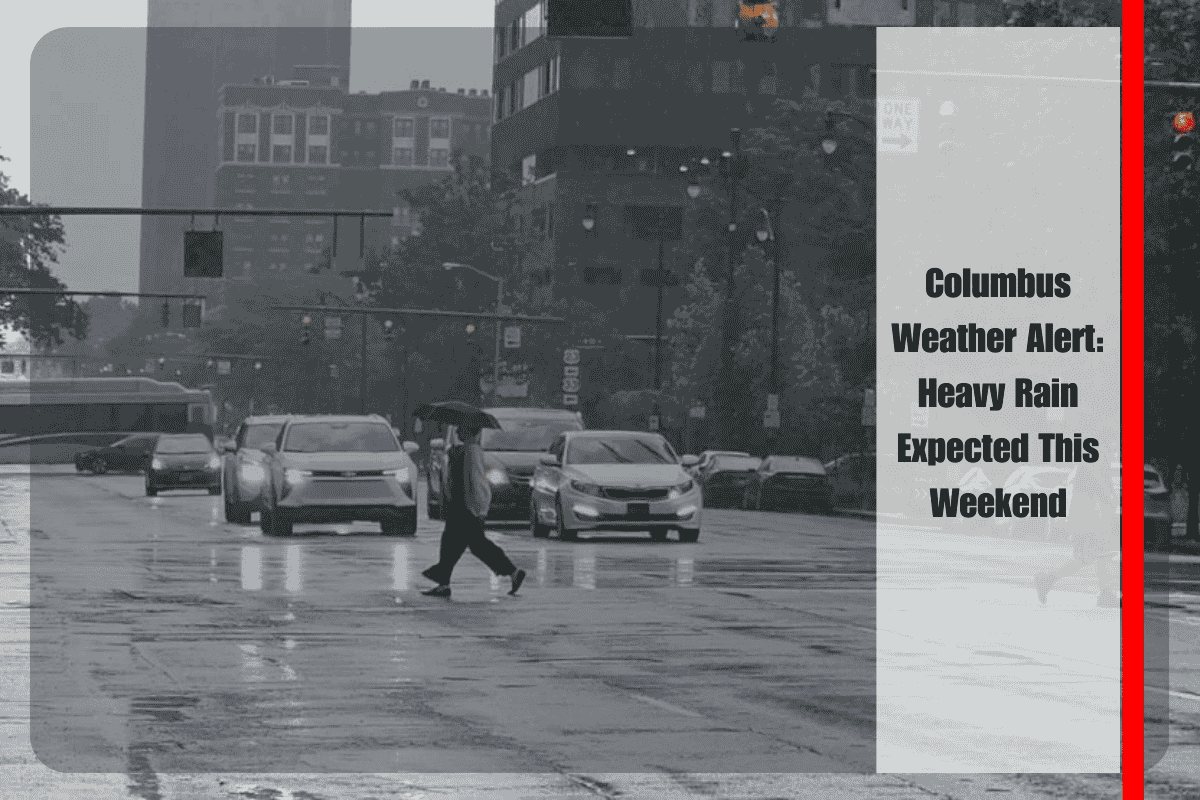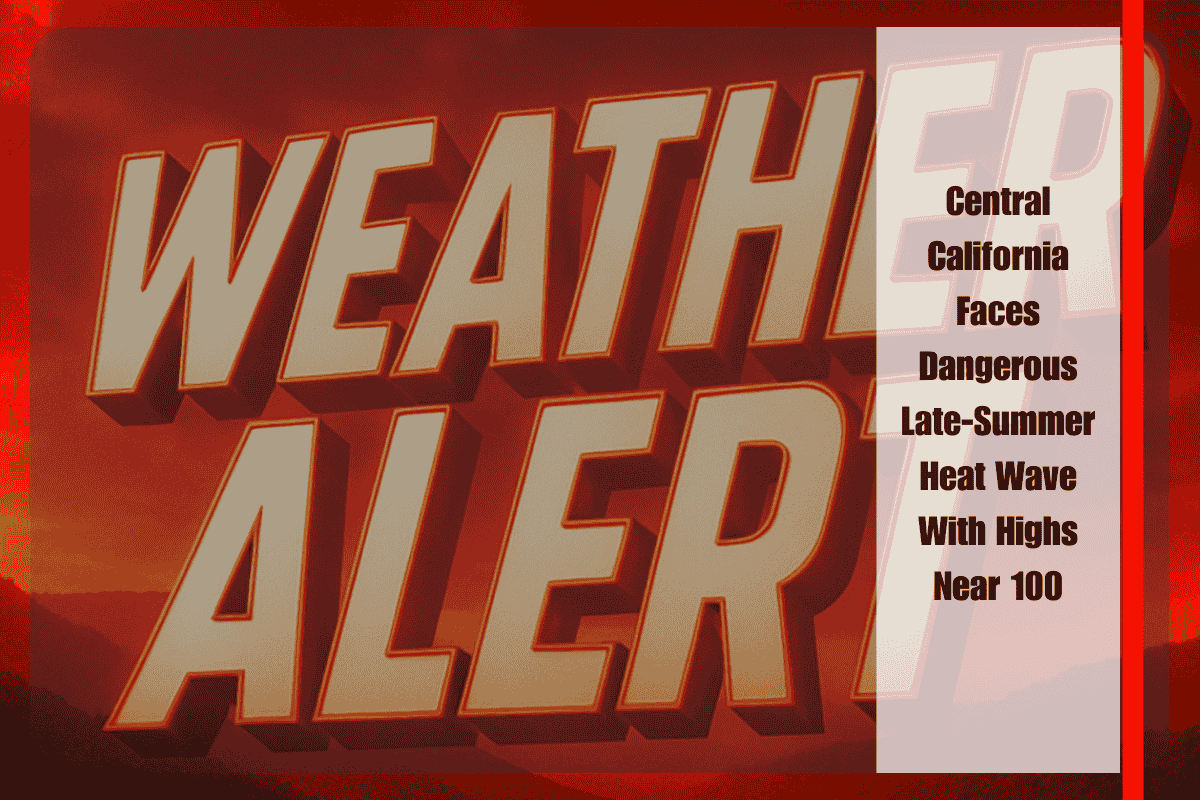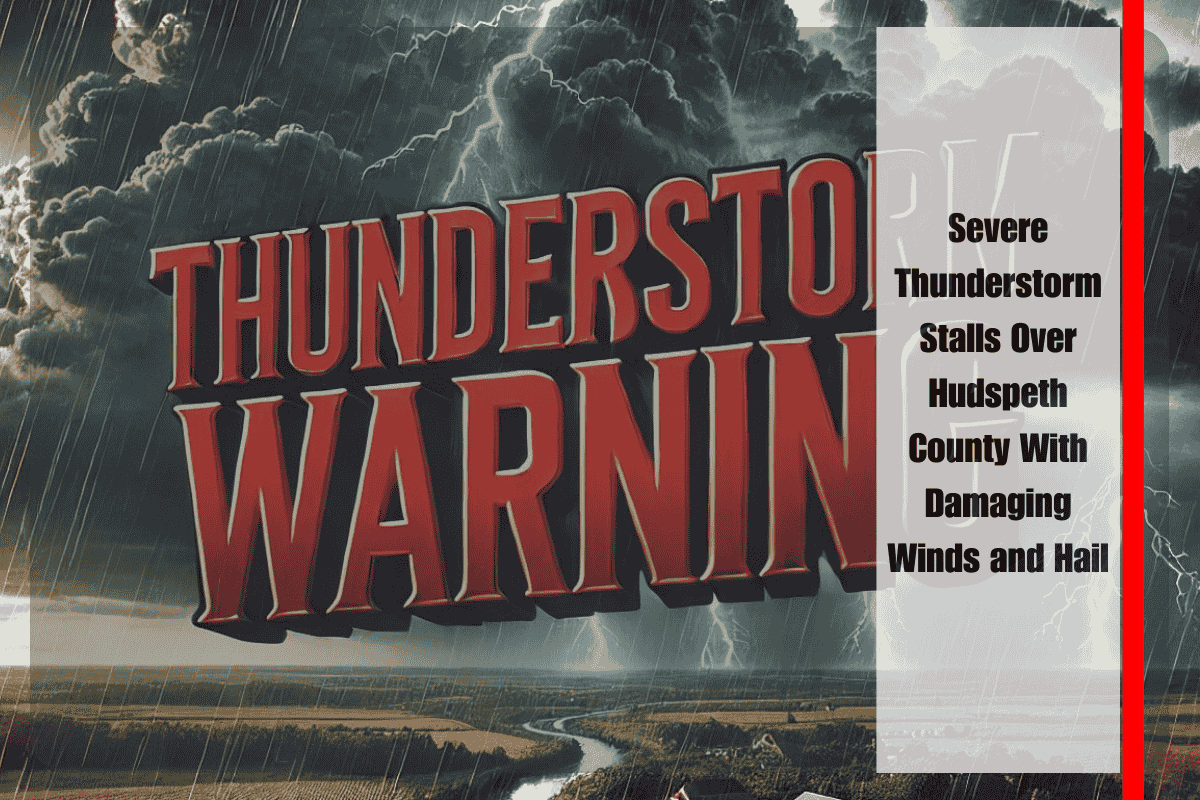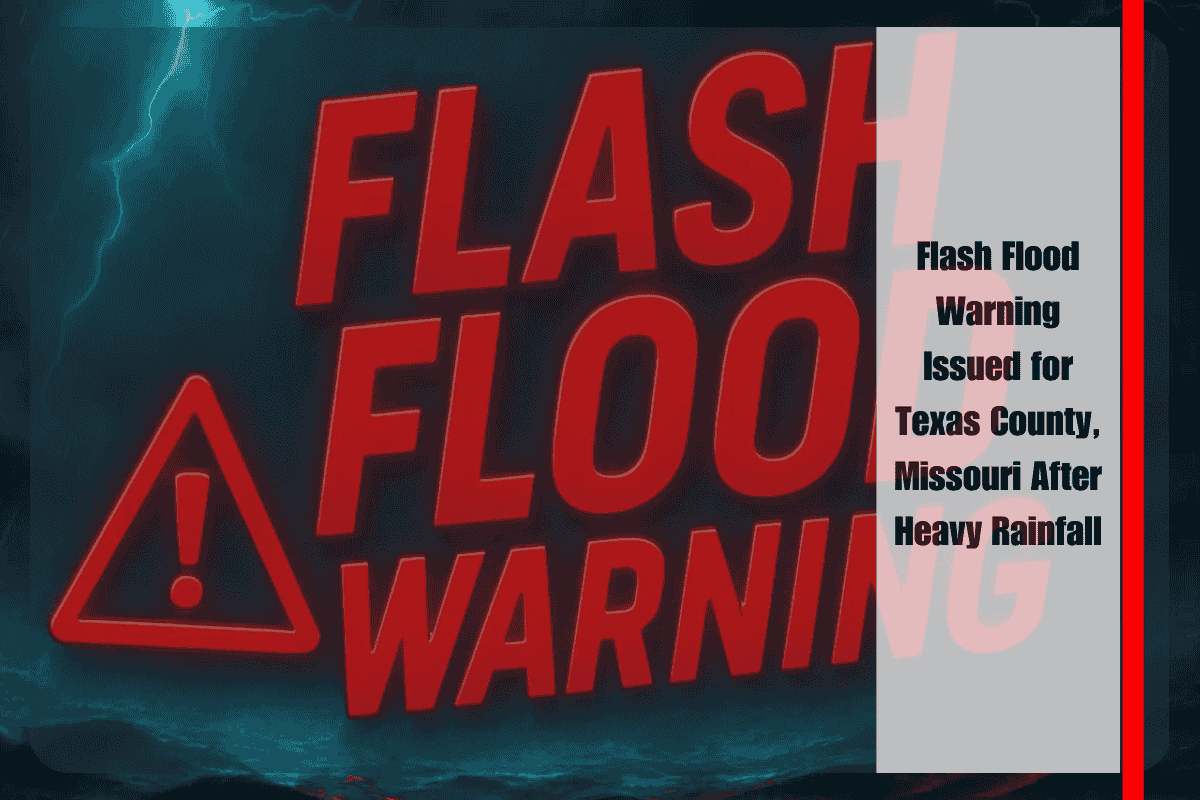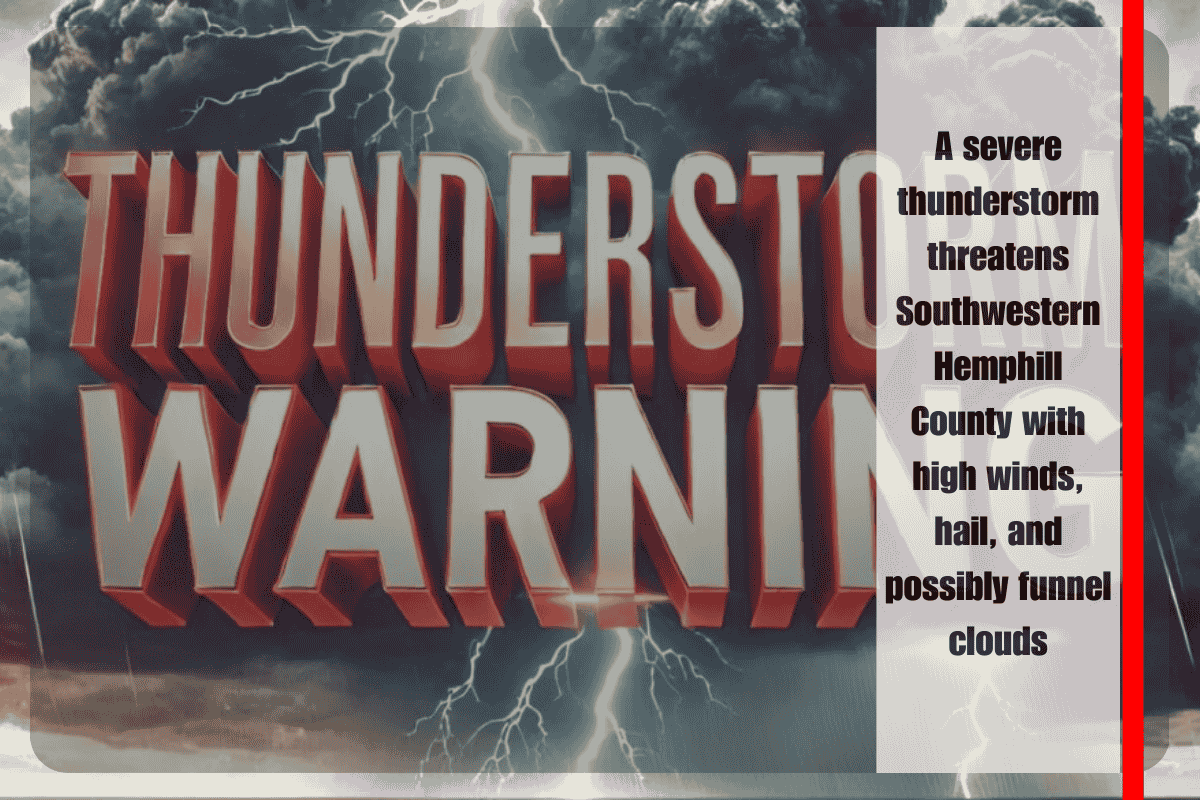The skies over Minnesota and northern Wisconsin have turned hazy as thick wildfire smoke from central Canada continues to drift across the region, causing serious air quality concerns. As of now, the air quality in both states has reached the “unhealthy” category, prompting health warnings and official air alerts that will last at least through Saturday afternoon.
The smoke is coming from active wildfires in Saskatchewan and Manitoba, where large blazes have sent plumes of smoke southward into the U.S. Due to high-pressure conditions in the atmosphere, the smoke is not dispersing properly. Instead, it is being trapped close to the ground, creating dangerous breathing conditions for millions of residents across the upper Midwest.
The Minnesota Pollution Control Agency (MPCA) has issued a statewide Air Quality Alert that remains in effect until 5 p.m. Saturday, August 2, for all counties. Similarly, the Wisconsin Department of Natural Resources (DNR) has an alert for all of Wisconsin until noon Friday, August 1. The alerts indicate that AQI (Air Quality Index) levels have reached the red zone, meaning the air is considered unhealthy for everyone, not just sensitive individuals.
Major cities including Duluth, Minneapolis, St. Paul, Rochester, Mankato, St. Cloud, and Bemidji in Minnesota, as well as several northern Wisconsin communities, are reporting poor air quality readings. The red-level AQI readings suggest that people of all ages may start to experience health effects, while those with asthma, lung disease, or heart issues could see more serious symptoms. Children, older adults, and those who are pregnant should take extra care during this period.
Experts are strongly advising residents to limit time spent outdoors, especially when the air smells smoky or visibility is noticeably low. Outdoor workouts, sports, and other strenuous activities should be avoided. Instead, people are urged to stay indoors, close all windows and doors, and run air purifiers if available. In places where air conditioning is used, it’s best to switch the system to recirculate mode. For those who need to be outside for work or travel, wearing N95 masks can help reduce the amount of smoke inhaled.
The weather system currently holding the smoke in place is expected to shift slightly by Saturday evening, when winds are forecast to change direction and begin clearing out some of the surface smoke. However, conditions could remain poor in some areas through Sunday, especially if fires in Canada continue to burn at the same rate. There’s also a possibility that alerts may be extended if the smoke lingers longer than predicted.
This is not the first time wildfire smoke from Canada has reached the U.S. this summer, but it’s one of the more severe episodes due to how long the smoke has remained over the region. Both Minnesota and Wisconsin health departments are keeping a close eye on the situation and are ready to issue updated advisories as conditions change.
In the meantime, residents are encouraged to check the AirNow.gov website or their state environmental agencies for real-time air quality updates. By staying informed and taking simple precautions, people can reduce their risk of health problems during this period of smoky skies.

